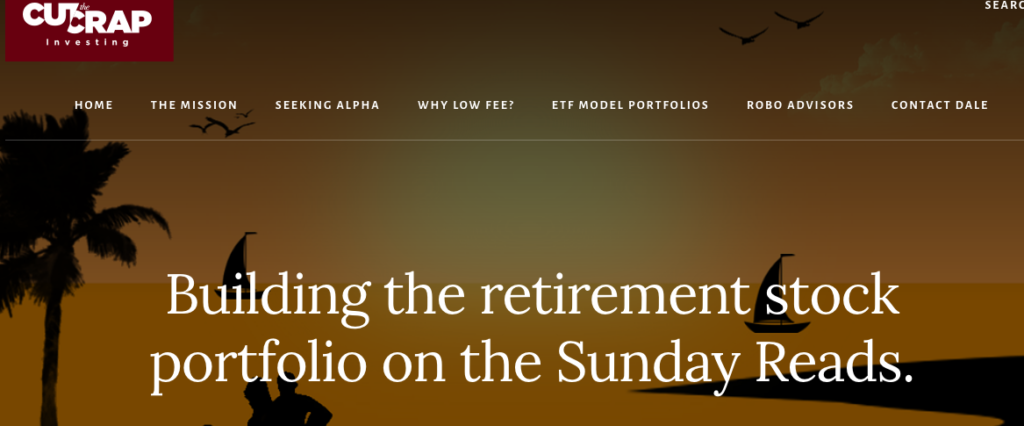Over the past 20 years, there has been a propensity for both institutional and individual investors to diversify aggressively no matter what the consequences. A major part of this push has involved increasing allocations to alternative investments, ranging from hedge funds to private equity to venture capital to private debt to real estate.
In my latest commentary, I analyze both the hedge fund and private equity (PE) industries, which have been large beneficiaries of the shift into alternative investments. Specifically, I will discuss whether they have been successful in producing their intended objectives. Importantly, I recognize that there has and will always be a tremendous difference in performance between individual funds and investments and have limited my observations to generalizations on these asset classes as a whole.
Hedge Funds: from Alfred Winslow Jones to $4.8 Trillion
While writing an article for Fortune Magazine in 1948, investing pioneer Alfred Winslow Jones had the unique idea of managing the risk of holding long stock positions by selling short other stocks and using leverage to boost portfolio returns. In 1949, he raised $60,000 from four friends, added it to $40,000 of his own money, and began the first “hedge fund.” In 1952, Jones opened the fund to new investors. He also added a 20% incentive fee as compensation for himself as manager whereby he would receive 20% of any profits generated by the funds (this idea was based on the practice of Phoenician merchants who kept one-fifth of profits from successful voyages).
Hedge funds have come a long way since Jones’ time. They have been a large beneficiary of the shift into alternative assets. According to BarclayHedge, over the past 20 years ending December 31, 2021, hedge fund assets under management grew from $370 billion to $4.8 trillion.
The Emperor has No Clothes
Given the explosive growth in hedge fund assets, most people would be surprised by the investment performance of the hedge fund industry. As the following table demonstrates, on average hedge funds have neither produced attractive returns nor have they provided effective diversification from public equities.

Over the past 20 years ending July 31, 2022, the HFRX hedge fund index had an annualized rate of return of 1.8%, as compared to 8.5% for the MSCI All Country World Stock Index. Moreover, the HFRX Index lagged the 3.3% annualized return for the Bloomberg Global Aggregate Bond Index while producing similar volatility.
Hedge funds have also come up short from a diversification perspective. The correlation of the HFRX index to global equities has been 78.8% while that of bonds has been only 22.9%. In other words, over the past 20 years bonds have provided both higher returns and better diversification than hedge funds.
With standard annual fees of 2% of assets and 20% of profits, hedge funds distinguish themselves more as a compensation structure than as an asset class. According to Warren Buffett, “A number of smart people are involved in running hedge funds. But to a great extent their efforts are self-neutralizing, and their IQ will not overcome the costs they impose on investors.”
Private Equity: Not as Advertised
Another big beneficiary of the push to enhance returns and/or lower overall portfolio volatility has been the private equity industry. Investors are told that these private equity funds produce superior returns, while providing portfolio diversification. As a result, private equity has become the hottest home for a variety of sophisticated institutions and individuals. Since 2017, investors have poured more than $1 trillion into PE funds. According to McKinsey, this amount dwarfs the amount of cash directed to venture capital, real estate funds, private debt, hedge funds and just about any other form of alternative investment.
Like hedge funds, PE firms have been hard-pressed to deliver their stated objectives. Michael Cembalest, the chairman of market and investment strategy at J.P. Morgan Asset Management, stated, “Since the financial crisis, the industry has had a tougher time outperforming public equity benchmarks.” Continue Reading…






